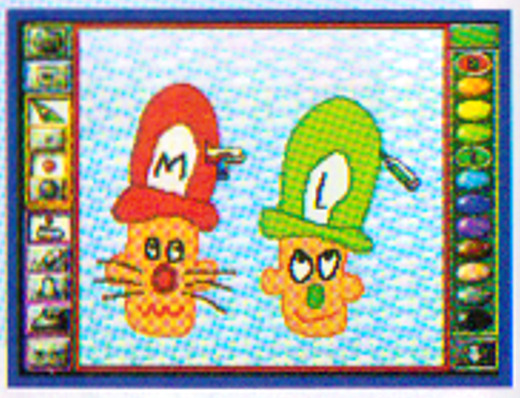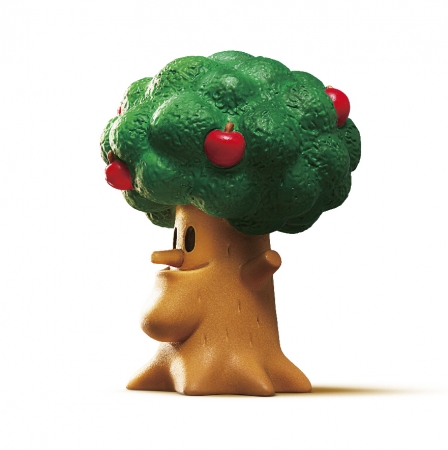period table
1/48
Earn XP
Description and Tags
I'm gonna
Name | Mastery | Learn | Test | Matching | Spaced |
|---|
No study sessions yet.
49 Terms
Alchemy
Ancient study combining chemistry, mysticism, and philosophy.

Robert Boyle
Identified pure substances; refuted Aristotle's four elements.

Antoine Lavoisier
Broke down water into hydrogen and oxygen.

Jons Jakob Berzelius
Developed symbolic system for chemical elements.

Chemical Symbols
Represent elements; often derived from Latin names.

Monatomic Elements
Elements existing as single atoms, e.g., helium.

Diatomic Elements
Molecules of two identical atoms, e.g., hydrogen.

Polyatomic Molecules
Molecules containing more than two atoms.

Johann Dobereiner
Grouped elements into triads based on properties.

A. E. Beguyer de Chancourtois
Graphically organized elements by atomic mass.

John Newlands
Proposed the law of octaves in element properties.

Dmitri Mendeleev
Created periodic table with spaces for undiscovered elements.

Periodic Law
Properties vary periodically with atomic mass.

Henry Moseley
Revised periodic table by atomic number, not mass.

Metals
Three-quarters of elements; good conductors, malleable.

Nonmetals
Exist as solids, liquids, or gases; poor conductors.

Metalloids
Elements with properties between metals and nonmetals.

Element Families
Columns in periodic table with similar properties.

Alkali Metals
Group 1A; very reactive with one valence electron.

Alkaline-Earth Metals
Group 2A; slightly less reactive with two valence electrons.

Transition Elements
Groups 1B-8B; metals with 1 or 2 valence electrons.

Valence Electrons
Electrons in the outer shell; determine bonding.

Noble Gases
Inert gases; do not readily react with others.

Atomic Number
Number of protons in an atom's nucleus.

Atomic Mass
Weighted average mass of an element's isotopes.

Malleability
Ability to be shaped or rolled into sheets.

Ductility
Ability to be drawn into wires.

Diatomic Molecule
Molecule composed of two atoms, e.g., O2.

Periodic Trends
Patterns in properties across the periodic table.

Atomic Radius
Distance from nucleus to outermost electron shell.

Electronegativity
Ability of an atom to attract electrons.

Electron Dot Notation
Representation of valence electrons using dots.

Group Number
Indicates number of valence electrons in elements.

Energy Levels
Shells around nucleus where electrons reside.

Lewis Dot Structures
Diagrams representing valence electrons for bonding.

Valence Electron Configuration
Arrangement of valence electrons in an atom.

Mass Number
Total number of protons and neutrons in an atom.

Octet Rule
Atoms strive for eight valence electrons for stability.

Isotopes
Atoms of the same element with different neutron counts.

Lewis Dot Structure
Diagram showing valence electrons around an atom.

Most reactive element
Fluorine (F).

Octet rule
Atoms bond to achieve a full outer shell of eight electrons.

Element families
Element families or groups in the periodic table are defined by having the same number of valence electrons.

Valence electrons
Valence electrons are significant because they are involved in chemical bonding.

Periodic table arrangement
The arrangement of elements in the periodic table reflects their properties based on atomic number.

Subatomic particles
Protons define the element's identity and positive charge, neutrons contribute to the mass and stability of the nucleus, and electrons determine chemical behavior.

Atomic radius trend
Atomic radius decreases as you move across a period.

What happens to an atom if it gains electrons?
It becomes negatively charged (anion).

What happens to an atom if it loses electrons?
It becomes positively charged (cation).
